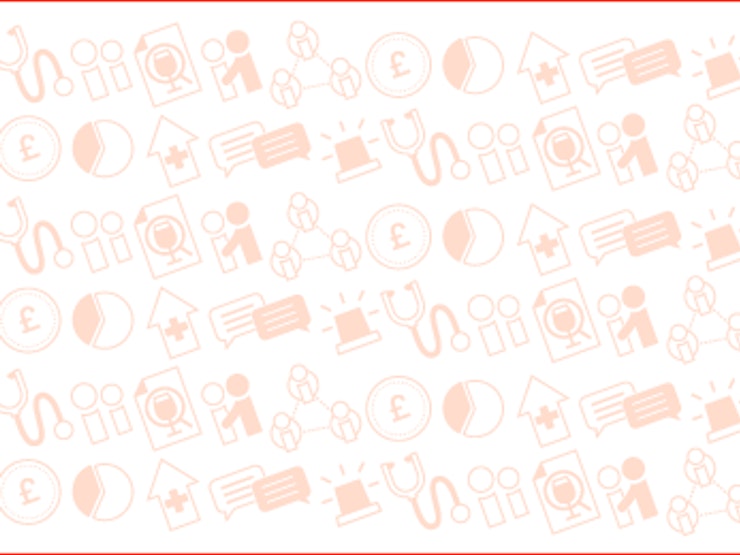It’s hard not to have some sympathy for the Portman Group. With so many competing voices – brewers, drinkers, public health – this Code, published in March 2019, was never going to please everyone. Its authors have already been accused on the one hand of “failing to inform consumers” and on the other of “trying to destroy Britain’s long history of strong ales”.
It’s important to remember that the Portman Group’s Code only deals with drinks’ names and packaging. It doesn’t pretend to be the solution to every alcohol issue. But it is the basis on which all alcoholic drinks are allowed or denied access to around 80% of the UK grocery market. So, it needs to be unambiguous and evidence-based.
This sixth edition includes some important new requirements. The Code now bans packaging that could “cause serious or widespread offence”, reinforcing a trend we’re already seeing away from sexist imagery on beer packaging. Similarly, there’s a ban on portraying “any association with illegal behaviour”, which seems like common sense.
The new prohibition against suggesting that a drink will “change mood or behaviour” could prove trickier to interpret. The guidance to the Code says that alcohol must not be sold as a “catalyst for change of mood” but can be shown as “a legitimate accompaniment to a relaxing setting”. So, the Complaints Panel will be asked to judge between products which promote drinking whilst relaxing and those which encourage drinking in order to relax – a distinction most of us, if we’re honest, would be hard-pressed to make in relation to our own drinking behaviour.
There are some obvious things too that could easily have been added to the Code but weren’t – for example, advising producers to put the Chief Medical Officer’s drinking guidance on their bottles. As it stands, this is conspicuous by its absence.
Most of the controversy, however, has focussed on an aspect of the Code that won’t mean much to many drinkers: the requirement that “single-serve, non-resealable containers” shouldn’t contain more than four units of alcohol. To understand this, we need to go back to the pledge made by three big brewers in 2011 that they would “not produce or sell any carbonated product with more than four units of alcohol in a single-serve can”. This pledge, and the Code update, are intended to remove from the market 500ml cans of very strong, very cheap lagers and ciders (so-called “super-strength” drinks) or at least push down their size and/or ABV.
A lot of people regard these 500ml cans (ranging between 6% and 9% ABV) as a real source of harm. The problem is that we don’t have any solid evidence that they are more harmful than, say, 3-litre bottles of 7.5% ABV white cider. In introducing this new rule, the Portman Group has relied on what it calls “cultural assumptions” rather than actual evidence of who’s drinking what and what harm is resulting. The four unit threshold may also lead to the banning of some strong craft ales – a prospect that the Society of Independent Brewers are far from happy about. The guidance to the Code makes clear, however, that the term “single-serve, non-resealable containers” does not apply to sparkling wines (at around 11% ABV and around 8 units per bottle). Again, the reason given for this is the “cultural assumption” that one person drinking a whole bottle of wine in a single sitting is not “average consumer behaviour”. The guidance also excludes ‘premium’ products, which raises an interesting question about the role of price and whether a premium 8% beer is less problematic than a cheap 8% beer.
The biggest and most obvious problem with the Code is that it does not reflect the reality of modern alcohol marketing. Drinks companies do not see packaging, (which the Code covers) as separate from advertising, product placement and social media (which are outside the scope of the Code) – yet the regulation is done by three separate bodies (the Portman Group, the Advertising Standards Authority, and Ofcom).
Overall, it’s hard to see this new edition of the Code doing anything to quieten the calls from a large number of organisations, us included, for a comprehensive overhaul of the regulation of alcohol marketing
in the UK.
Read our review of how the Portman Group regulates the UK alcohol industry.


